|
I arrived in Kathmandu to heat and the beginnings of monsoon season humidity. On the drive back from the airport, you could see neon orange tents and bright blue tarps peppering open areas throughout the city. Some very sturdy, high-end camping tents decorated with symbols indicating their origin - Chinese lettering or even the Turkish flag, and some that looked like wedding tents were set out for general use, but most were homemade tents made of tarps, sheets and poles. Some buildings I would have expected to fall were fine, while others, buildings you have walked by hundreds of times, were completely destroyed. You walk by now, hoping no one was buried underneath. The regular hustle and bustle of the growing city of Kathmandu is dampened by the huge migration of citizens back to their villages to find their families, rebuild their homes, repair their communities. In the city some people have moved back into their homes, yet many remain in tents until they are able to afford materials and labor to repair their homes (as you can imagine the cost of labor and materials have skyrocketed). Out of the valley, however, is where the real damage has occurred. Entire villages have been wiped out by landslides and demolished by the earthquake. That is where the real need is. The government has not surprised us in its continuing inefficacy, but thankfully it is the people who have helped one another throughout this disaster. Everywhere we go, people have stories about the earthquake - where they were, what they did, what happened to their homes, their family, how they are dealing with the aftermath, and how people are helping each other. In the days after the first earthquake anyone with open space shared it with others. Anyone with the resources got involved in providing relief to rural areas out of their own pockets. Now, people, especially young people, are traveling to the remote areas - some only accessible by walking - that have been affected bringing rice, beaten rice (when people don't even have the ability to cook), clothing, and shelter. I was inspired by our former Kumari Project Coordinator, Netra Upadhyay, who helped start Creative Nepal - an organization started by orphans to help other orphans in Nepal. Among other projects, they are providing relief to highly affected areas in remote villages. And I have been most touched by the work of Jwalant Gurung, owner of Crystal Mountain Treks. Immediately after the earthquake, he began relief efforts in the villages of his trekking staff. Now he has provided food and relief to almost 1000 families. He is helping on a macro level providing food, shelter, clothing, and toys to children who are homeless because of the earthquake. And on an individual level by housing some of his staff whose homes were destroyed and even arranging for a young girl whose leg was amputated from an injury sustained during the earthquake to get a prosthetic leg. You can support his efforts here: http://www.youcaring.com/3-summits-for-nepal-through-crooked-trails-a-501c3-org-364172 Shortly after arriving, I also visited Kathmandu Durbar Square. The three main temples were demolished in the earthquakes and it was truly heartbreaking to see thousand-year old temples, a piece of Nepal's history, gone. Despite the fact that aftershocks are still occurring almost daily and people are quite traumatized by the earthquakes and hundreds of consequent tremors, overall it seems everything is just moving slower in Kathmandu. More people are sitting on the street corners in the afternoons drinking tea, or just sitting. Tourism is even slower than usual in the summer months. Yet, the Nepali spirit is and continues to be resilient and hopeful.
0 Comments
|
AuthorCome here to see updates of our latest work with The Kumari Project. Archives
May 2024
Categories |
|
The Kumari Project is a registered 501(c)(3) non-profit.
Donors may take a tax deduction to the full extent allowed by law for their contributions to us. |

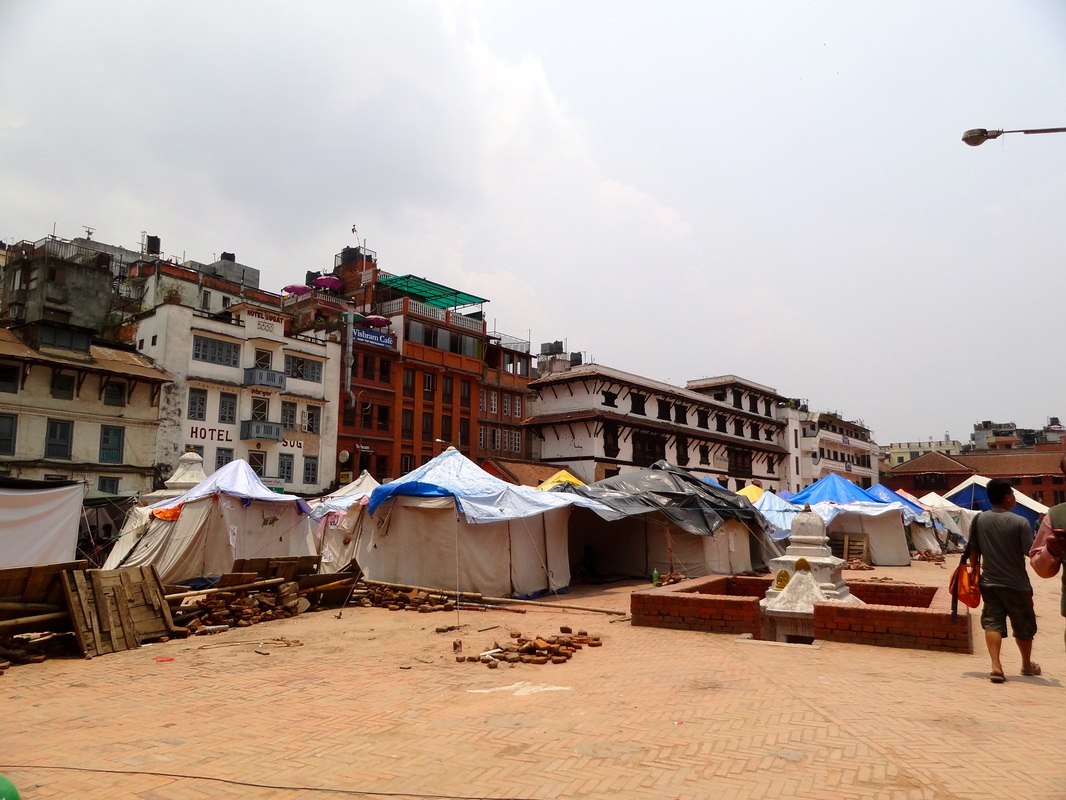
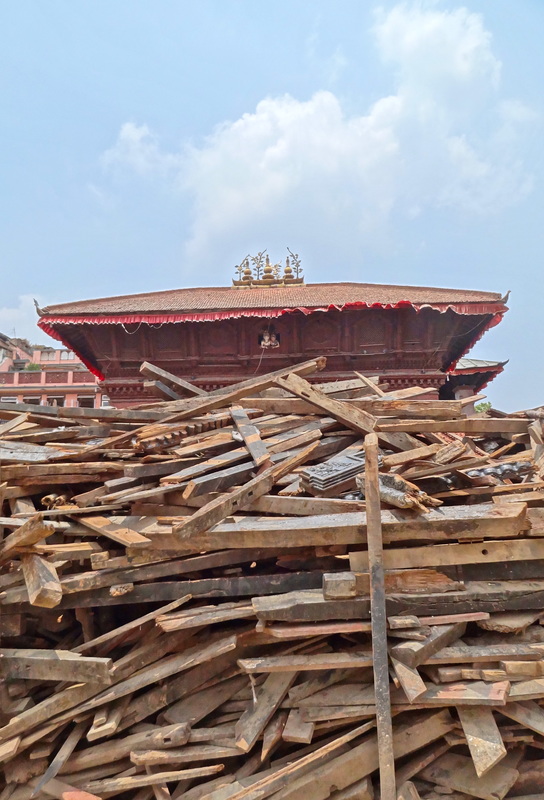

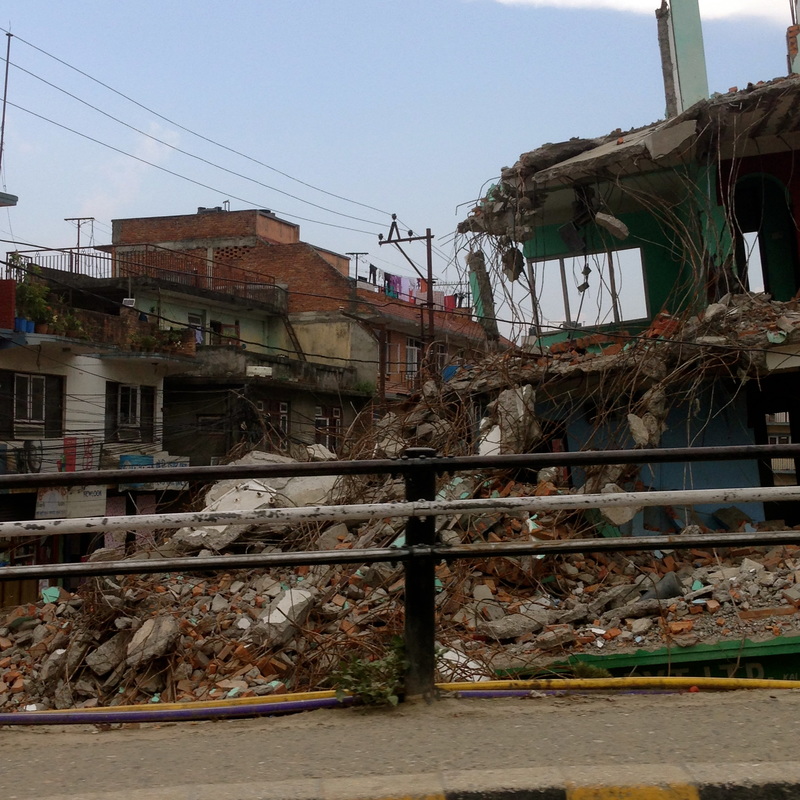
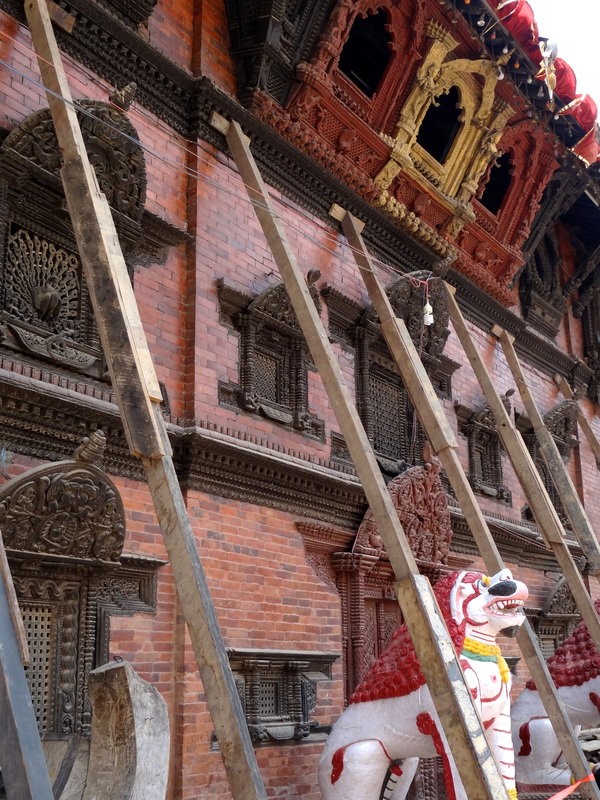
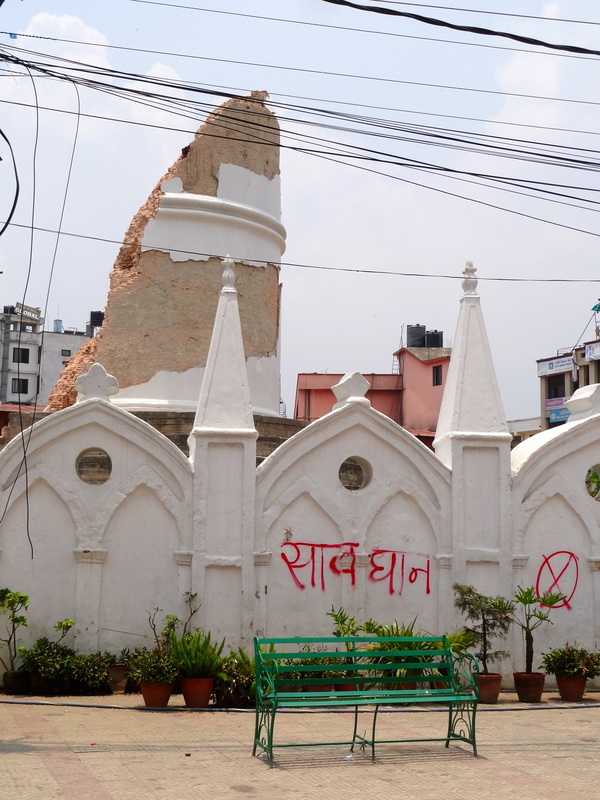


 RSS Feed
RSS Feed
